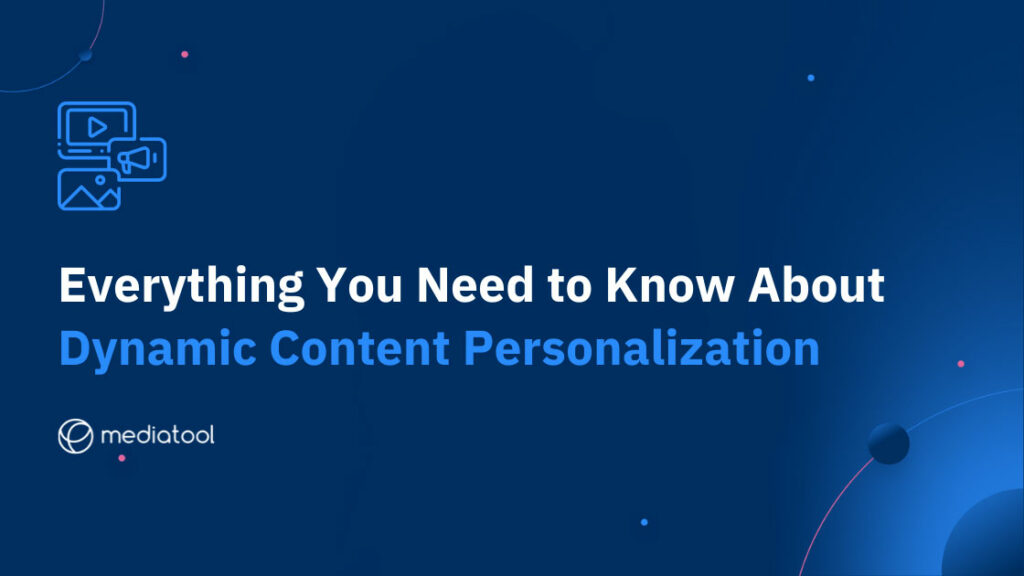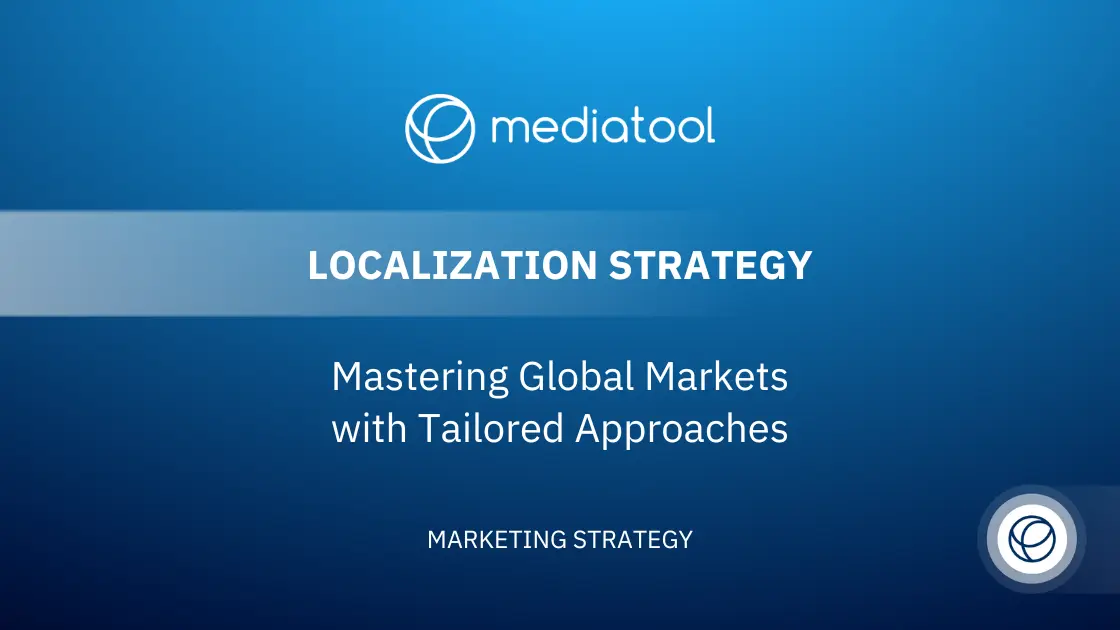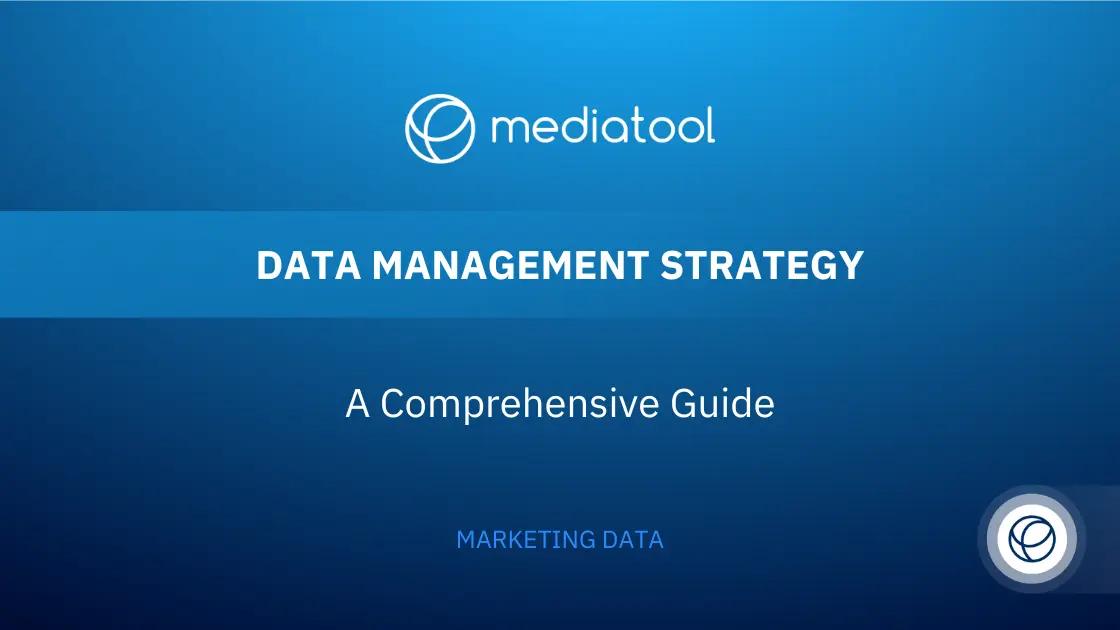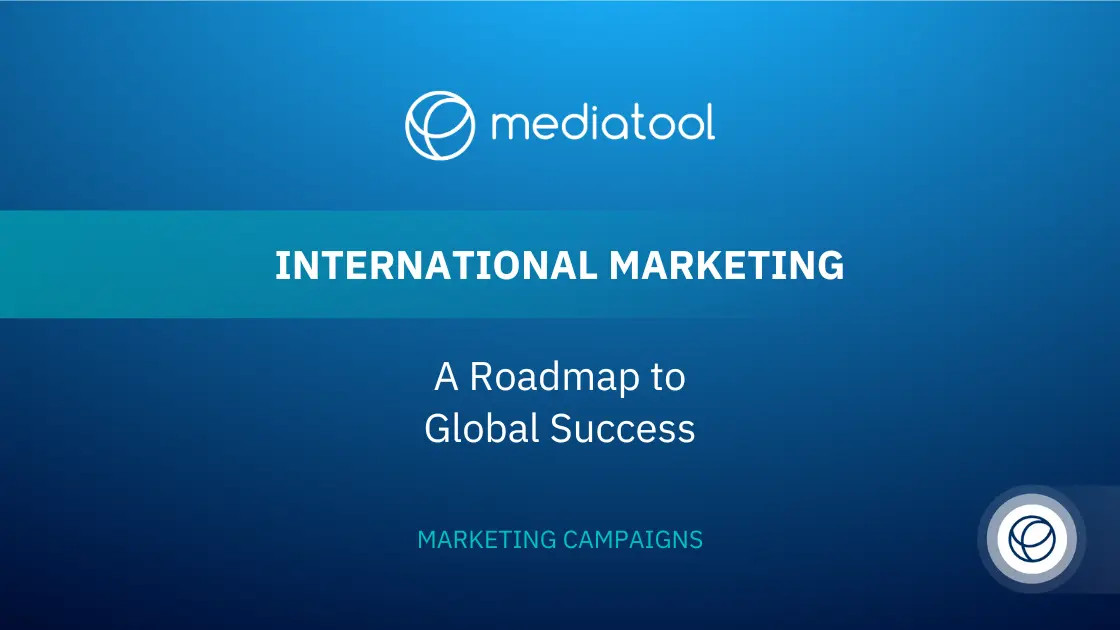How (and why) to use dynamic content in every marketing strategy
There’s a lot of hype around dynamic content personalization in digital marketing at the moment.
But is it just hype? Or is dynamic content a marketing strategy that’s here to stay?
In this guide, we’ll unpack the pros and cons of content personalization, and provide a few useful tips to serve relevant content using the data at your disposal.
What is dynamic content personalization, exactly?
Dynamic content automatically adapts to show users the most relevant material based on their browsing behavior, interaction history, and preferences.
The difference between content personalization and dynamic content personalization is automation. Dynamic personalization responds in real-time, using first-party data to serve content that’s more appealing or more likely to convert.
Web content personalization, by contrast, tends to respond to the last action taken.
Amazon is a great example. Other online stores recommend relevant products based on the one you just put in the cart. That’s a good start. But Amazon remembers everything about you (maybe a little too much) and recommends products from different categories as you browse.
Dynamic content is…
- Progressive: User profiles continue building over repeat visits and lengthy browsing sessions
- Unique: Whether it’s recommended content, personalized landing pages, pre-loaded forms or HTML code, dynamic content adapts on a user-by-user basis
- Value-adding: Content personalization should make a user’s day better, thereby increasing the likelihood of converting
- Scalable: Automation enables you to scale up personalization so every user feels like they have your personal attention
Above all, dynamic content is essential.
A couple of years ago, you could almost get away with generic content. But over the last few years (mostly due to COVID-19), the way customers interact with brands has fundamentally changed.
And so have customer expectations.
- 90% of consumers find personalization appealing
- 71% of customers expect personalization
- 76% are frustrated when they don’t get it
- 98% of marketers know that personalization improves relationships
What does this all mean for your digital marketing strategy?
Most marketers have at least dabbled in dynamic content. If you’ve ever used a merge tag to address an email recipient by name, you’ve already taken the first steps.
But there’s a lot more you could be doing.
You can use dynamic content to:
Increase conversions
Whether you’re targeting new leads, form completions, event registrations or purchases, personalizing the experience with dynamic content can be the final nudge that convinces a user to convert.
Attract leads
There’s a misconception that personalization only applies to known contacts. But before you have a 1:1 relationship, you can use dynamic content that uses session data to encourage prospects to become known visitors.
Reward loyalty
Tailoring content, cadence and/or channel based on a user’s preferences and purchase history will make them feel like you’re invested in the relationship. Celebrate their milestones. Reward repurchasing. Offer timely support, and don’t offer irrelevant products for the sake of trying to upsell.
Build relationships
Customers respond positively when brands demonstrate their commitment beyond the transaction. They’re more likely to repurchase from brands that check in, remember their purchase history, and offer relevant recommendations.
Personalize the user experience
We know that personalized marketing increases conversions. The number one thing customers want from personalized content is an easier navigation experience. Dynamic content is an effective tool to automate personalization in large-scale digital marketing campaigns.
Create a continuous journey
Tactics as simple as suggesting an article to read next create a sense of continuity. That continuity, for example, between search ads and landing pages, reduces the likelihood of a quick exit and improves your conversion chances.
Gather first-party data
Dynamic content is a flexible tool. For example, you can use it to incentivize form completions or newsletter subscriptions by offering tailored content. Or you can create progressive customer profiles that track a user’s behavior before converting, so you can send them timely and relevant communications immediately.
Re-engage absent audiences
Tactics like abandoned cart emails and timely reminders are proven to increase customer retention and bring in more business. Both are dynamic content, and both can be personalized relatively easily.
Cross-sell and upsell
If you’ve ever shopped on Amazon, you’re familiar with the “customers also bought…” recommendations. Relevant product and service recommendations is the second-most important personalization action for consumers.
How dynamic content works for…
The term “dynamic content” means one thing, and many things. By definition, dynamic content personalization means adapting what a user sees in real-time to provide the best possible experience.
But when you apply that definition across an integrated digital marketing campaign, the results look different depending on the touchpoint.
That’s a good thing.
Dynamic content personalization is a vital tool in your marketing strategy, helping you reach the right user at the right time with the right message.
Marketing strategy overall
Adapting content based on a user’s preferences means first understanding how they prefer to receive that content.
65% of prospective customers are willing to exchange data for a personalized experience. So gather as much first-party data as possible from sources like website analytics, social media channels, emails, and surveys. Then use that data to plan a marketing strategy that pulls all the right levers, delivering content that adds value.
Emails
Email remains the #1 channel where marketers use dynamic personalization. You can try simple tactics like personalizing the email with a ‘first name’ merge tag – but we think you’ve got bigger ambitions.
Other examples of dynamic content personalization in email marketing include:
- Changing content blocks based on the user’s preferences
- Sending event reminders
- Post-purchase follow-ups
- Abandoned cart emails that use product imagery
- Service or after-sales support summaries
- Relevant recommendations and new product announcements
Dynamic content personalization can be slightly technical or highly complex, depending on your email client. However, the payoff is worth it; personalizing the message has a significantly higher effect on open and click rates than tweaking the subject line.
Websites
Behind email, websites are the second most common place marketers use dynamic content personalization. And it’s one place customers expect to see relevant recommendations.
Personalizing website content can be as simple as recommending another piece of content or tweaking the wording in a pop-up box.
Or you can get creative, using a progressive user profile to offer a smooth user experience.
- Automatic filtering
- Rearranging layout components
- Re-engaging returning visitors with a personalized welcome message
- Serving behavior-based banners
- Including widgets like local weather to personalize the experience
- Surprising returning visitors with a discount coupon
Most of the technical work to personalize dynamic content on a website happens in the back end (the CMS). But before you go tinkering with code and content modules, refer back to your marketing strategy to ensure you’re directing your efforts in the best direction.
Landing pages
Customer journeys aren’t linear – but they should be continuous. When visitors arrive on a landing page, their experience should flow naturally from the previous source.
That means using dynamic content that adapts based on the origin of the visit.
For example, if you’re running a product launch campaign on Facebook, Instagram, Google Ads and TikTok, you’ll likely have varied creative for each channel. The landing page’s message and imagery must connect with those variations.
A typical bounce rate is 45-55%. For campaign landing pages, that increases to 90%. However, the best measure for continuity is how many visitors convert on the landing page.
Social media
Dynamic content personalization on social media is a little trickier. Remember: you’re aiming for real-time data-driven insight, not a simple retargeting tag that follows users around the internet.
To pull off personalization on social platforms, you need high-quality marketing data and a clear, concise campaign message. From there, you can test tactics like:
- Personalized chatbots (or LinkedIn messaging)
- Ad retargeting based on custom/specific products
- Quizzes or surveys that reward participants with a personalized experience
Pick your battles. If your marketing strategy is heavy on social media, then dynamic content personalization can be highly effective. But if you’re more likely to convert with an email, that’s where you should focus.
What do you need to implement dynamic personalization?
If you’re just starting with dynamic content personalization, the barrier to entry can be surprisingly low.
You only need a capable email client and a little code knowledge to create personalized content that adapts to users’ circumstances.
When you’re ready to take things up a gear, dig into your website’s personalization capabilities. For example, WordPress site owners can use the Content Aware plugin to build rules that surface user-specific content.
But the most essential component of dynamic content personalization by far is good data.
(Marketing strategy matters too – you should always embark on a new adventure with a reliable map.)
Data, though, is the information that drives strategy. It’s the feedback that shows you’re doing the right thing. It’s the proof that your digital marketing efforts are generating customer value, and it’s the story you tell the C-Suite to get more budget.
Marketing begins and ends with data. So, before you tinker with dynamic content personalization, audit your first-party data sources and map your channels against your strategy. This should unearth insights that direct your limited resources to the most impactful outcomes.
If you’re unsure where to start, you probably don’t know about Mediatool. Mediatool is the all-in-one campaign management platform that links marketing strategy to real-time campaign results. Using Mediatool, global brands and growing agencies can:
- Find audience insights
- Track campaign performance
- Monitor all digital marketing activity in a single dashboard
- Drill down on granular data
- Filter results according to audience segments
- Prove ROI and generate attractive reports
In other words, Mediatool brings all your marketing into one place, giving you the time and tools to launch exceptional marketing strategies.




